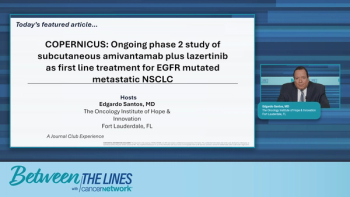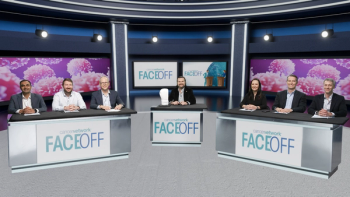
Treatment Workflow for IDH-Mutant Gliomas
Panelists discuss how they approach the treatment journey by prioritizing early IDH mutation detection, coordinating multidisciplinary teams for maximal safe resection, and utilizing advanced surgical techniques to optimize outcomes while preserving neurologic function.
Episodes in this series

Content above is prompted by the following:
The diagnostic workflow for suspected gliomas begins with clinical presentation assessment, typically involving seizures or neurological symptoms, followed by comprehensive MRI evaluation. Advanced centers may utilize preoperative 2-hydroxyglutarate MR spectroscopy to predict IDH status before surgery. The multidisciplinary team approach remains crucial, with early integration of neurosurgical consultation to determine optimal resection strategy while prioritizing maximal safe tumor removal over aggressive resection that risks neurological deficits.
Surgical planning requires careful balance between tumor removal and preservation of neurological function, particularly given the favorable prognosis of IDH-mutant gliomas and the typically young patient population. Modern neurosurgical techniques including functional MRI, intraoperative monitoring, and awake craniotomy procedures enable safer resections in eloquent brain regions. The extent of resection influences subsequent treatment decisions, though the emphasis remains on achieving maximal safe resection rather than gross total resection at the expense of neurological function.
Post-surgical molecular profiling becomes the critical next step, with rapid turnaround essential for treatment planning. The multidisciplinary team reconvenes to review pathology results and plan individualized treatment approaches based on molecular findings, tumor location, extent of resection, and patient factors. This collaborative approach ensures optimal timing of interventions while considering the patient's age, symptoms, and treatment preferences. The workflow emphasizes that even patients with IDH wild-type tumors have better outcomes than historically achieved, maintaining optimism throughout the diagnostic process.
Newsletter
Stay up to date on recent advances in the multidisciplinary approach to cancer.























































































